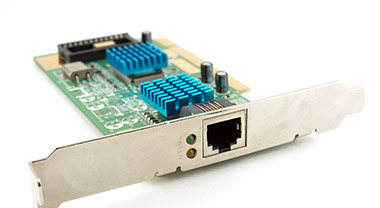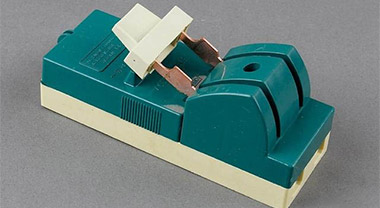8 tips for choosing low-voltage circuit breakers
8 tips for choosing low-voltage circuit breakers
1. Is equal to or greater than the rated voltage of the circuit breaker rated line voltage.
2. Equal to or greater than the rated current of the circuit breaker or the rated line current.
3. The circuit breaker breaking capacity greater than or equal to the maximum short-circuit current that may appear.
4. Undervoltage release line is equal to the rated voltage of the rated voltage.
5. Shunt trip control supply voltage equal to the rated voltage.
6. Long delay current setting value equal to the rated motor current.
7. The instantaneous setting current: protection of the circuit breaker cage induction motors, the instantaneous setting current is 8-15 times the rated motor current; breaker protection for the coil type induction motor, the instantaneous current setting 3 -6 times the rated motor current. Return time can be equal or greater than the motor
8. Lapse 6 times the current setting of the actual starting time.
What is the working principle of low-voltage circuit breakers?
Low voltage circuit breaker works: low voltage circuit breaker having a plurality of protection functions (overload, short circuit, under voltage protection, etc.), the operation is adjustable, high breaking capacity, easy to operate, safe, etc., it is now widely used.
Is a low voltage circuit breaker main contacts by closing a manually operated or electrically. After the main contact is closed, the main contact trip-free mechanism on the lock in the closing position. Overcurrent release heat with the main circuit elements and the heat release coil in series, in parallel with the coil and the power supply of the undervoltage release. When a short circuit occurs or severe overload, over-current release of the armature pull the free trip operation, the main contact disconnect the main circuit. When the circuit is overloaded, the thermal heating element of the thermal trip bimetal bending on promoting free trip operation. When the circuit is under voltage, undervoltage release of the armature is released. Also free trip action. Shunt trip is used as a remote control, in normal operation, in which the coil is de-energized, if desired distance control, press the start button, the coil is energized, the armature drive free trip operation, the main contact off point.




